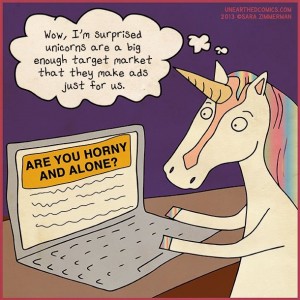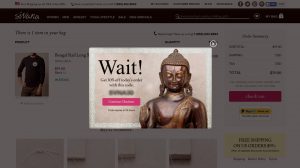Peruvian fashion and portrait photographer Mario Testino once said, “However spontaneous I hope a photograph will look, I always put a lot of thought into how I can make it happen.” Mastering the art of cross sales is much the same thing. While it’s best to appear as though the product being offered is specifically tailored to an individual customer (and many times it is), a salesperson’s approach should be thoughtful and intentional. Here’s how to make that happen.
Cross Selling and Upselling
There is an important distinction between cross-selling and upselling. Being able to recognize the difference will, in all likelihood, do wonders for a person’s bottom line.
Cross-selling can be defined as the art of selling additional product to a customer along with the item they have already chosen. The well-utilized textbook example of this is McDonald’s classic, “You want fries with that?” Simple, yet effective.
To illustrate how impactful this strategy is, take a look at Bain & Company’s report on the U.S. telecommunications industry. It revealed that up to 60 percent of customers divide their services among different providers for television, mobile, landline, and the Internet. If one of those telecom providers were to recruit a mere 10 percent of the customers to shift one service, an additional $ 480 million in incremental annual income would be up for grabs.
To be sure, upselling is a far more lucrative business. It entails convincing a customer to purchase a more expensive item or upgrade a service so that a company can ring up more profit. Dollar Shave Club does this well. Customers are lured by the name, then quickly presented with two more expensive razors that provide substantially more value than the original dollar option.
To no one’s great surprise, upselling works 20 times more effectively than cross-selling. Customers don’t want to be distracted by an entirely different product once they have a purchase in hand. As anyone who sells shampoo can attest to, however, upselling isn’t always possible. Have something that can improve the original product or service? That’s typically something customers are likely to buy into.
Ensure Relevance
No matter what cross-selling strategies are used, they must have relevance to the customers. Imagine walking to the checkout stand with a new pillow set and being approached by a car salesman who wants to pawn off the latest minivan. Because your head might start spinning as a result of sheer confusion, you’ll probably end up abandoning the entire purchase.
Same thing for customers. A salesperson’s suggestion for a cross sale must fit exactly with what the customer wants at that precise moment. A curveball out of left-field may send them careening out of the exit.
Build the Infrastructure
If you’re looking at cross-selling marketing techniques, it would be amiss to not consider your own product line first. Select products or services that complement one another. If you sell roller skates, be sure to stock laces and wheel grease for effective cross-sells. Travel agencies Expedia and Travelocity exemplify this by laying out a whole array of services, including hotels, cruises, and airfare with a simple click. Moreover, they feature discounts for “bundling” the packages.
Ask
Sometimes the easiest strategy is to simply ask. When selling to an existing customer, have the other product or service in mind. Make sure that the second purchase is less expensive than the first, that it can be bought quickly and without much hassle, and that it is convenient to explain. The more complex the product, the less likely it is to cross-sell. Then, make a suggestion to buy.
Craft Dynamic Customer Profiles
With the amount of technology available now, it would be a mistake not to harness internal and external data to build dynamic customer profiles. Track how customers’ purchasing habits evolve over time and examine what leading factors lead them to open their wallets.
Financial services firm USAA nails this strategy with tracking technology that triggers an alert when events happen in a customer’s life. For instance, when a client’s son or daughter turns 16, representatives are informed so that they can immediately contact the family with an offer for auto insurance. Timed just right, this is an additional cushion in the bank.
‘Frequently Bought Together’
Amazon’s approach to cross-selling is nothing short of genius. Whenever a customer makes a purchase or shows interest in a product, the system produces an ‘other customers who bought this product’ or ‘frequently bought together’ notification. It plays well by pairing customers with similar preferences. It also lets the company shine by giving the appearance that they aren’t even behind the suggestion. In other words, it absolves them of making a hard sale.
You can replicate this technique by automating the suggestions just as Amazon does — for a price — or by manually entering products that you know will carry relevance. Use your sales data to inform the pairings.
The sales market is ripe with opportunities for cross-sales. Now it’s up to managers to build upon that knowledge to increase profits. Companies that channel the art of cross-selling will notice a favorable outcome when it comes to balancing the budget.
Business & Finance Articles on Business 2 Community(68)








